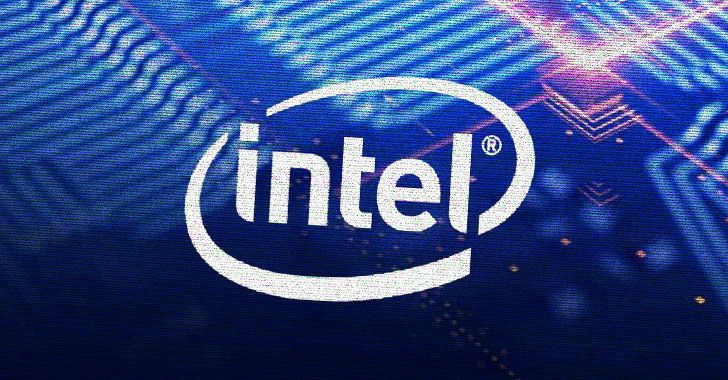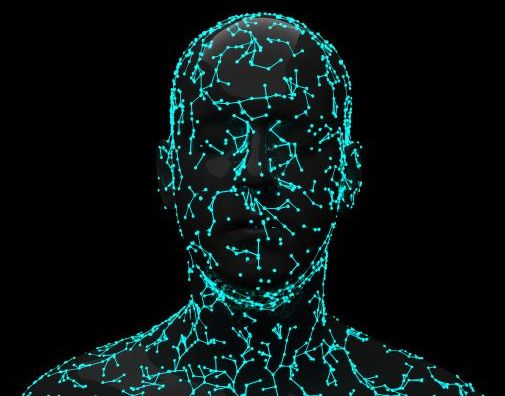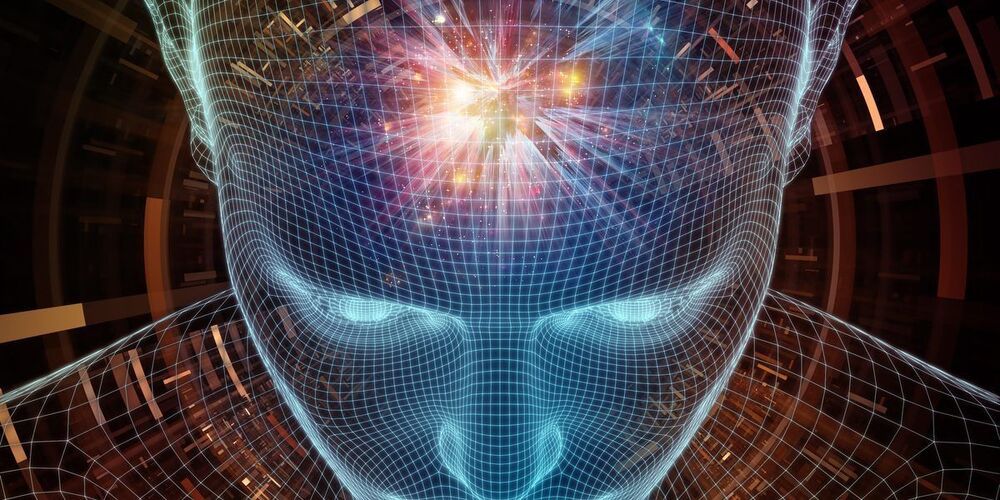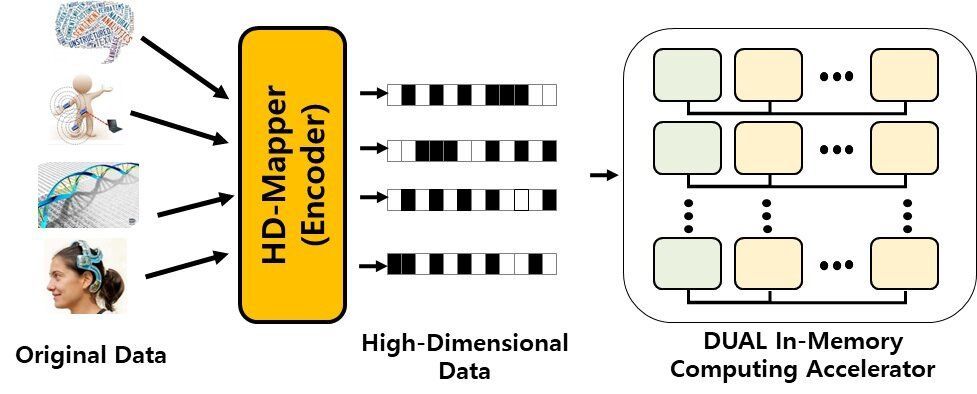Well, maybe they would be good memories. 😃
Quantum computers, according to experts, will one day be capable of performing incredible calculations and nearly unfathomable feats of logic. In the near future, we know they’ll help us discover new drugs to fight disease and new materials to build with. But the far future potential for these enigmatic machines is as vast as the universe itself.
The realm of classic science fiction is littered with ideas that today’s experts believe lie within the realm of reality – if not today’s reality, then perhaps tomorrow’s quantum computer-laden one. One of those ideas comes straight out of a Paul Verhoeven film from over thirty years ago: Total Recall.
In fairness, the film (we’re talking about the 1990 one starring the former governor of California not the 2012 remake) was based on a short story by Phillip K Dick. But for the purposes of this article we’ll be discussing the movie’s depiction of “Rekall,” a mysterious company portrayed in the film.








